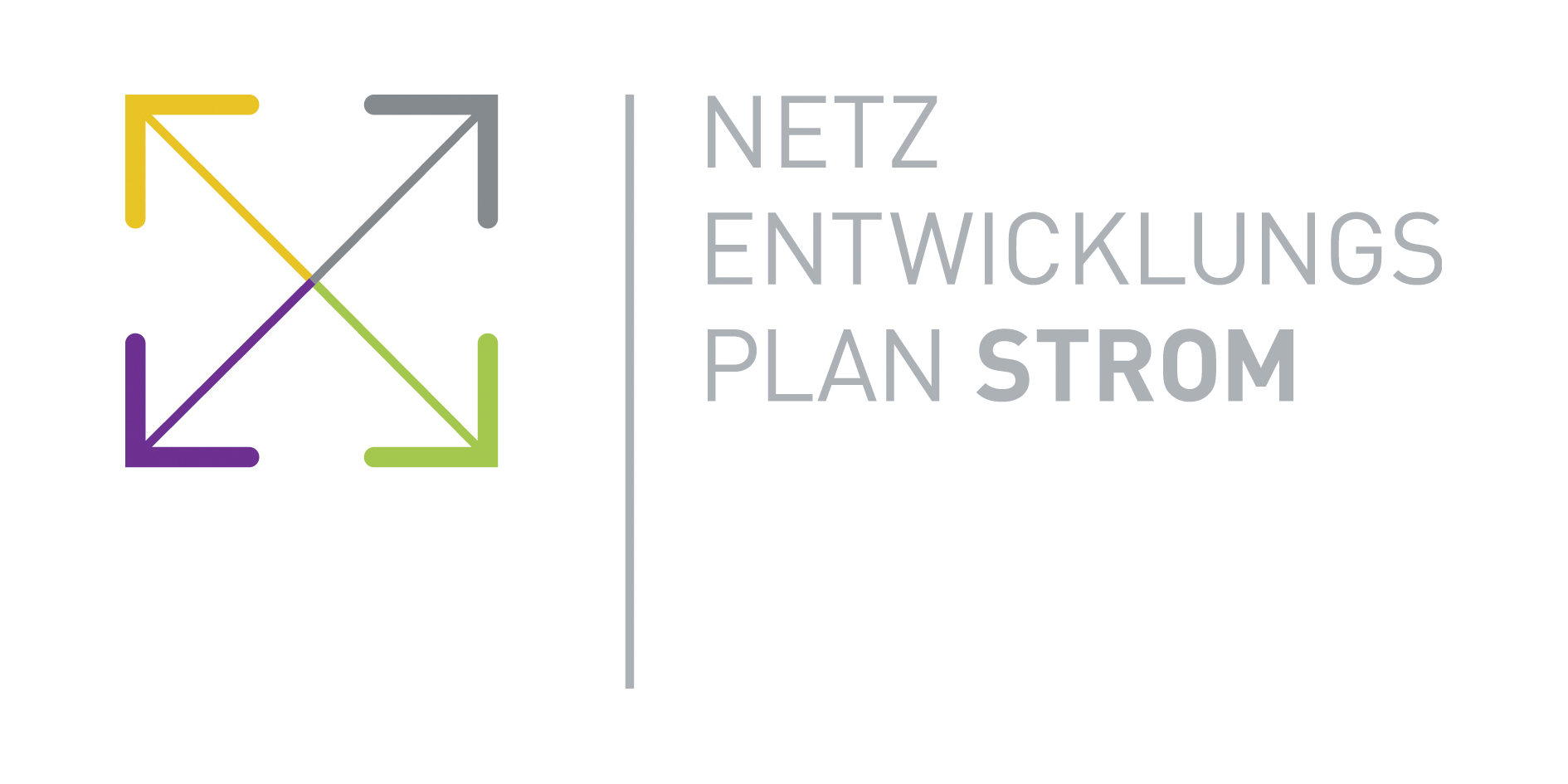12. June 2023
Transmission system operators publish second draft of grid development plan for 2037/2045

- During the consultation phase, 207 public positions were received.
- The transmission system operators addressed the suggestions.
- The Federal Network Agency has now entered the review and further consultation phase.
Today, following a four-week consultation phase, the four transmission system operators (TSOs) 50Hertz, Amprion, TenneT and TransnetBW submitted the second draft of the grid development plan (GDP) for 2037/2045 (2023) to the Federal Network Agency (Bundesnetzagentur, BNetzA) and published it on the www.netzentwicklungsplan.de website. The general public was able to submit its proposals and suggestions concerning the first draft of the GDP via email or during consultation sessions. A total of 207 different positions were submitted, mainly by private individuals, but also by political, scientific and economic representatives.
For the first time, the draft GDP describes a power grid that can achieve climate neutrality by 2045. In this context, electricity plays a key role, as the decarbonisation of the industrial, traffic and building sectors will mainly result from direct or indirect electrification.
Two additional scenarios, A 2037 and C 2037, were added to this second draft. These scenarios confirm that the net-zero grid must be almost completely implemented by 2037 in order to meet the growth targets for renewable energy, just like in the previously published scenarios.
In their second draft, the TSOs furthermore addressed many of the suggestions received during the consultation procedure and took them into account, provided that they were technically justified. For instance, at the request of the distribution system operators (DSOs), the estimated need for substations and transformers was scaled up so that more renewable energy can be integrated in the distribution grids and an additional demand for electricity can be covered.
The second draft also contains additional measures for so-called ‘reactive power compensation’ and for the provision of an ‘instantaneous reserve’. For this purpose, new installations are needed in the substations that are intended for voltage and frequency control and that are therefore an indispensable instrument to maintain system stability. These so-called ancillary services are currently provided by the generators of large power plants that use fossil fuels.
Various positions received during the consultation procedure pointed out that in addition to the assumptions made in the GDP 2037/2045 (2023), an additional growth in renewable energy is to be expected in northern Germany and that additional industrial loads may come up in southern Germany. According to these positions, the need for the transmission of green electricity between the north and the south could therefore increase more significantly than previously assumed in the first draft of the GDP. To enable a flexible response to these potential changes, the four TSOs propose the proactive planning measure of laying extra cable conduits as part of individual onshore HVDC transmission lines. These requirements are taken into account in the regular process of the upcoming GDP for 2025 as part of an updated scenario framework.
For the planned offshore grid connection systems and newly identified direct current projects, the second draft put the bundling principle into more concrete terms in order to reduce the impact on nature and environment. Bundling makes it possible to plan multiple systems along the same route, so that the space required is minimised and projects can proceed more quickly. That is why the second draft now describes three energy corridors through which the electricity from the North Sea can flow in the direction of the Ruhr area and the Rhineland, the Rhein-Main area and eastern Germany.
An additional theme brought up during the consultation procedure concerned the GDP’s assumption that electrolysis facilities will support the grid; however, no regulatory framework currently exists for this approach. In order to avoid additional congestion in the transmission grid, the TSOs consider it important that incentives are created in the short term for the placement of electrolysers in locations where they can support the grid.
Now that the second draft has been published, the BNetzA, being the competent authority, will continue the process. The agency will review the first and second draft, submit them to a new consultation process and subsequently confirm the grid development plan. Once the grid development plan has been confirmed, it will serve as a draft for the Federal Requirement Plan. In the Federal Requirement Plan, the legislator lays down the binding need for the energy industry and the urgent necessity for the projects contained therein.
More information is available at www.netzentwicklungsplan.de
- Starte Download von: Transmission system operators publish second draft of grid development plan for 2037/2045Transmission system operators publish second draft of grid development plan for 2037/2045